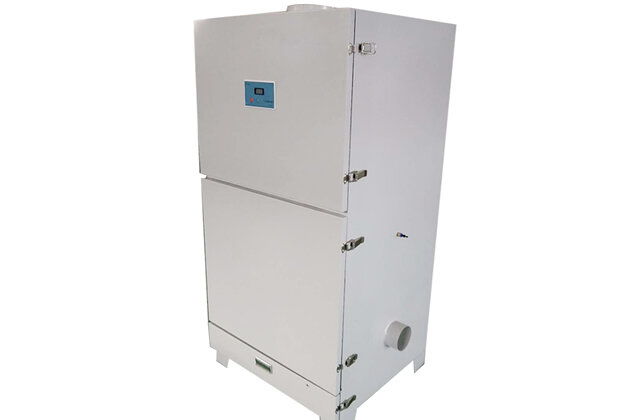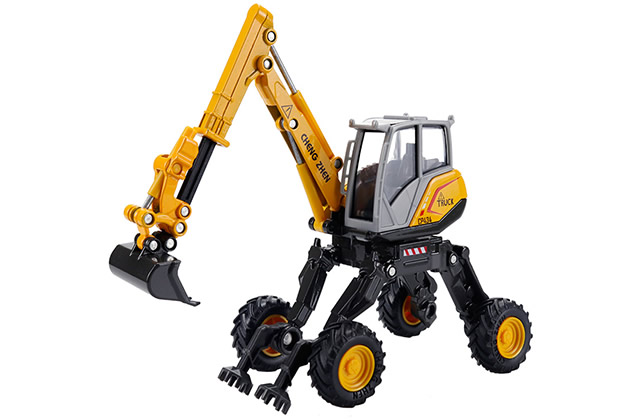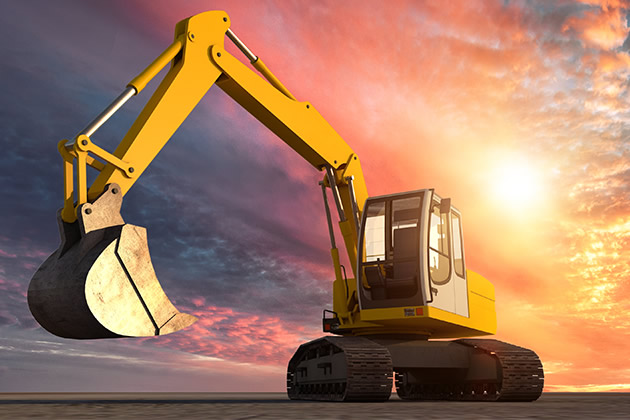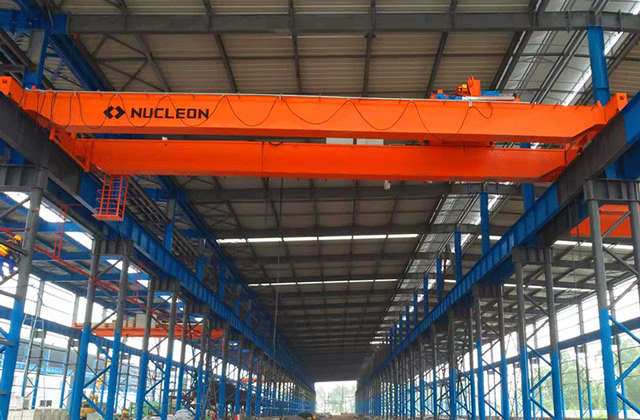[Single-machine dust collector] Working principle of single-machine dust collector Precautions for installation of single-machine dust collector
What is the working principle of single-machine dust collector
The working principle of the single-machine dust collector is that the dust-containing gas enters the box from the dust collector inlet and is filtered through the filter bag. The dust is left on the inner surface of the filter bag, and the purified gas passes through the filter bag. The bag enters the fan, and is sucked in by the fan and discharged directly into the room (it can also be discharged outdoors via a pipe). As the filtration time increases, the dust adhering to the inner surface of the filter bag also increases, and the resistance of the filter bag increases, thus affecting the dust removal effect. An automatic dust cleaning mechanism is used for regular shaking cleaning or a manual dust cleaning mechanism. After the machine is shut down, It automatically shakes for tens of seconds to shake off the dust stuck to the inner surface of the filter bag. The dust falls into the ash hopper, drawer or directly onto the conveyor belt.

Characteristics of single-machine dust collector
Single-machine dust collector unit, dust collector is an air purification equipment with small size and high dust removal efficiency. It is suitable for various independent dust-generating points, is flexible and convenient, collects dust on-site, and treats it on-site, which can effectively ensure the cleanliness of the air. The basic structure consists of a dust removal box, a centrifugal fan, a filter bag (filter cartridge), a dust collector and a microcomputer controller. The dust is sucked into the dust collector box through the dust suction pipe through the negative pressure of the fan. Using gravity and upward airflow, firstly The coarse dust is initially filtered by the filter and directly dropped to the dust collector. The fine dust is captured on the outer surface of the filter. The clean gas is decomposed and purified by the filter element and flows into the clean room, where it is discharged from the air outlet by the fan. The entire dust removal and filtration process is the result of the comprehensive effects of gravity, inertial force, collision, electrostatic adsorption, sieving, etc.
Single-machine dust collectors are used in industrial production. They are small in size, simple and convenient to operate, have relatively low noise during operation, and the dust removal effect is also very ideal. In the pharmaceutical industry, food manufacturing, and ceramic manufacturing, single-machine dust collectors can achieve good dust removal efficiency of more than 90%, playing a significant role in environmental protection.
Installation and Precautions for Single-machine Dust Collector
The single-machine dust collector is installed near the mechanical equipment that generates dust, and the user must follow the instructions on the dust collector. Depending on the size of the air inlet, metal or plastic vacuum ducts and vacuum hoods can be configured by yourself.
1. The electric control box cover of the single-machine dust collector must not be opened at will during work. If you need to adjust the cleaning time or check the circuit, you should stop the machine and cut off the power before starting work.
2. Single machine dust removalAccording to the nature and capacity of the dust, the dust collector should be vibrated regularly to clean the dust. Generally, the dust collector should be vibrated three to four times per shift to ensure the normal operation of the dust collector.
3. The single-machine dust collector cleans dust regularly according to actual needs. When the dust in the dust collector is removed, you only need to open the sealed dust outlet door and pull out the drawer when the fan and dust cleaning mechanism stop working. That’s it.
4. In order to ensure that the dust removal equipment is in the best working condition, it should be as close as possible to the origin of the dust. Generally, 1.5 to 2.0 meters is best. The connecting pipe should be as short as possible and the elbows should be minimized to avoid increasing the resistance loss.
5. The dust cover is a key accessory to ensure that the single-machine dust collector unit is in the best condition. The user should be based on the appearance, size, and nature of the dust of the workpiece, and the design should be in accordance with the requirements of passability, proximity, smoothness, sealing, and sealing. Principles of vacuum hoods to make ideal vacuum hoods.
6. Before working on a single-machine dust collector, you should check whether the access door, dust outlet door, and air duct connection system are sealed to avoid leakage and reduce the dust collection effect.
7. The voltage of this single-machine dust collector is three-phase AC 380 volts. It can be used after connecting the power supply to the external wire on the single-machine dust collector. When first turning, you should pay attention to whether the fan is working properly. Rotation (if reversed, the air volume will be very small, and the power wiring needs to be replaced).
Top Ten Vacuum Cleaner Brands>>
If the website content violates your rights, please contact us to delete it。








